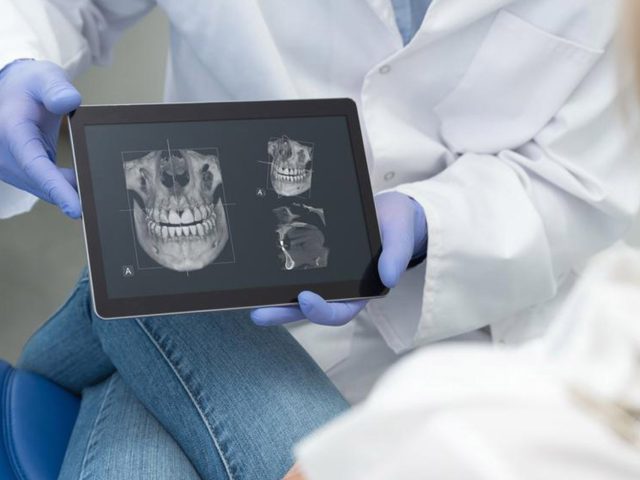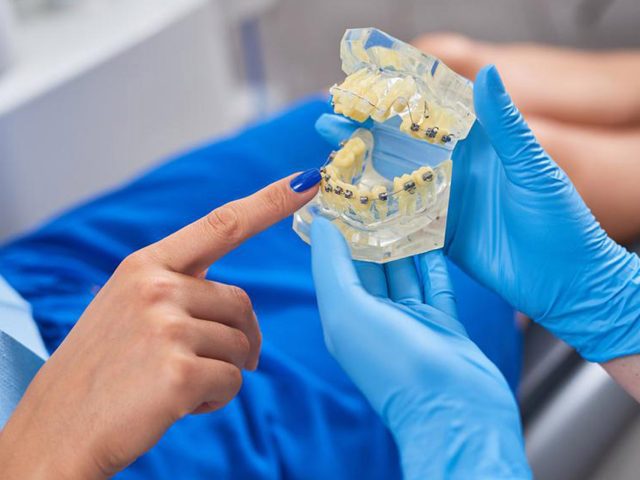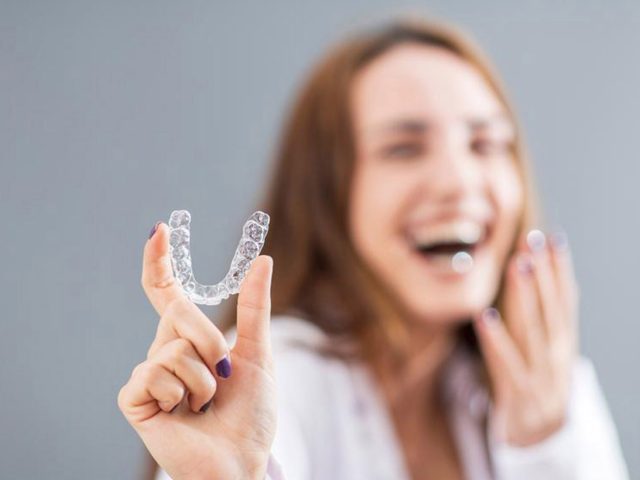

Jaw Joint Diseases Treatment
The jaw joint is a very important joint for our oral and dental health. The jaw joint has a role in our functions such as speaking, chewing and breathing. Although it is mostly seen between the ages of 25 and 45, it is possible to experience jaw joint diseases at any age. Jaw joint diseases treatment is a treatment in the field of oral and dental health and is carried out by dentists in our clinic.
Jaw Joint Disease Symptoms
The most common symptom of jaw joint disease is the noise coming from the jaw joint. This sound may manifest as squeaking or clicking. One of the most common symptoms is difficulty in opening the mouth. People with jaw joint disorders may have difficulty opening their mouths fully and experience pain when trying to do so.
In some cases, individuals with jaw joint disease also have problems in the ear area. Due to the proximity of the jaw joint to the ear region, this region is also affected in the jaw joint problem. Problems in the ear can be in the form of ringing or buzzing. Apart from this, symptoms such as sensitivity and shaking in the teeth, dizziness and headache are also encountered.
It is important to go to a specialist when one or more of these symptoms are seen in people. If you have symptoms, you can reach our clinic from the contact number on our site and make an appointment with our specialist for the treatment of jaw joint diseases.
Causes of Jaw Joint Diseases
Jaw joint diseases are generally chronic diseases. In some cases, it may also occur due to a blow to that area, tooth extraction, intense stress, general anaesthesia. Determining the cause of the disease is important when following the treatment method.
Jaw Joint Diseases Treatment Methods
Treatment of jaw joint diseases varies according to the problem and needs of the person. Non-surgical treatment methods for jaw joint diseases include drug (pharmacological) treatment, use of oral appliances, physical therapy and stress treatment.
Among the applied surgical treatments are arthrocentesis, arthroscopy and botox applications. If there are cysts or anomalies in the area that need to be treated, surgical treatments are applied. Another treatment method that has a significant impact is exercise. Doing exercises such as stretching or relaxation for the jaw muscles is beneficial in strengthening this muscle. For the treatment of jaw joint diseases, you can apply to our experienced dentists in our clinic.












